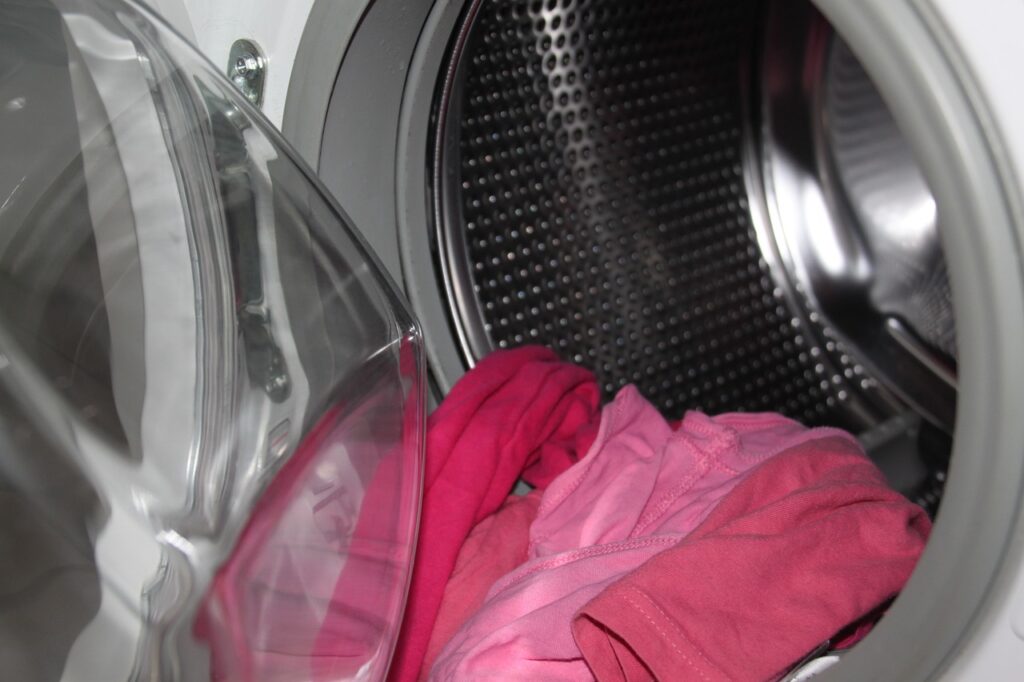
Hey there, laundry champions! We all know the satisfaction of clean, fresh-smelling clothes straight out of the washing machine. But in order to keep your trusty appliance running smoothly and effectively, it’s important to give it some regular TLC. So, if you’re keen to keep that laundry game strong, stick around for some top-notch washing machine maintenance tips that will help keep your clothes in top condition and banish any laundry day woes. Ready to dive in? Let’s do this!
Table of Contents
- Unleashing the Secret to a Fragrant Washing Machine Every Time
- Making Your Washer’s Spin Cycle Smooth As Silk
- The Best-Kept Trick for Keeping Hoses Leak-Free
- Outsmarting Limescale Before It Takes Over Your Machine
- The Ultimate Guide to a Mold-Free Washing Machine Door
- Why Your Detergent Tray Deserves a Spa Day
- Mastering the Art of Filter Care for a Flawless Wash
- The Washing Machine Whisperer’s Guide to Balanced Loads
- Give Your Washer’s Drum the Gleam It Deserves
- Harnessing the Power of the Empty Wash Revolution
- Questions & Answers For Washing Machine Maintenance
- Key Takeaways
Unleashing the Secret to a Fragrant Washing Machine Every Time
Keeping your washing machine clean and fresh is essential for maintaining its efficiency and making sure your clothes come out smelling great every time. With just a few simple steps, you can unleash the secret to a fragrant washing machine without the need for expensive cleaners or professional maintenance.
First, it’s important to regularly clean the detergent dispenser and the rubber seal around the door.
These areas can often harbor bacteria and mildew, leading to unpleasant odors in your washing machine.
Wipe down the detergent dispenser with a solution of equal parts water and vinegar, and use an old toothbrush to scrub any buildup in the rubber seal.
This will help to eliminate any lingering odors and prevent them from transferring to your clothes during the wash cycle.
Making Your Washer’s Spin Cycle Smooth As Silk
When it comes to making sure that your washing machine’s spin cycle runs as smooth as silk, regular maintenance is the key. By following these simple tips, you can extend the life of your washer and keep it running at top performance.
One important aspect of washing machine maintenance is keeping the inside of the drum clean. Over time, dirt, grime, and detergent residue can build up, causing the washer to become unbalanced during the spin cycle.
To prevent this, run a cleaning cycle with a washing machine cleaner at least once a month.
Additionally, be sure to check and clean the filter regularly to prevent clogs and ensure proper drainage during the spin cycle.
Keeping the area around the washer clean and free of clutter can also help to prevent vibrations and shaking during the spin cycle.
The Best-Kept Trick for Keeping Hoses Leak-Free
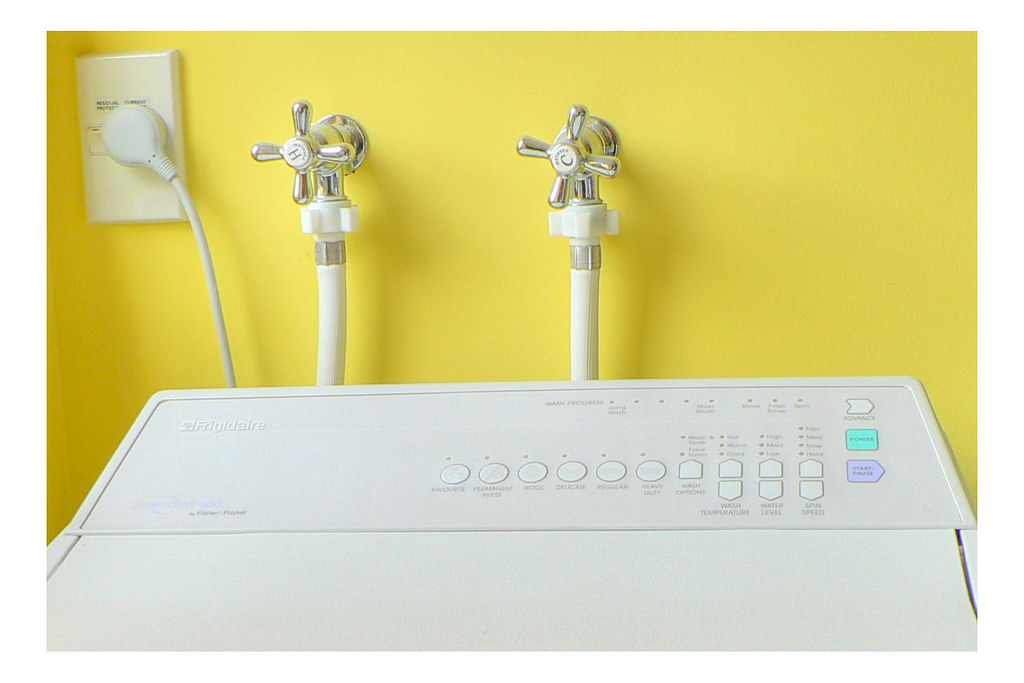
Regular maintenance of your washing machine is essential to keep it running smoothly and prevent costly repairs. One of the best-kept tricks for keeping hoses leak-free is to regularly inspect and clean them. Over time, debris and mineral deposits can build up in the hoses, causing them to weaken and develop leaks.
A leaky hose can not only cause water damage to the surrounding area but also lead to costly repairs or even a replacement of your machine. By taking a few minutes to inspect the hoses, you can save yourself a lot of hassle in the long run.
To prevent this, follow these simple steps to ensure your washing machine hoses stay leak-free.
- First, turn off the water supply to your washing machine.
- Then, disconnect the hoses from the back of the machine and the water source.
- Inspect the hoses for any cracks, bulges, or signs of wear or corrosion. These are all indicators that a hose may be reaching the end of its lifespan and could potentially spring a leak. If you notice any damage, it’s important to replace the hoses right away.
- Also, feel along the length of the hoses for any soft spots or areas of weakness. This could be a sign that the hose material is deteriorating and may soon fail.
- Next, use a soft brush or cloth to clean the hose screens and remove any built-up debris. Once the hoses are clean, reattach them to the washing machine and the water source.
- Finally, turn the water supply back on and run a short rinse cycle to check for any leaks.
When replacing the hoses, it’s crucial to use high-quality, durable materials that are designed to withstand the constant pressure and flow of water. Look for hoses that are reinforced with braided stainless steel or other reliable materials to ensure long-lasting performance.
It’s also a good idea to install a flood stop mechanism or water leak detection system to provide an extra layer of protection against unexpected leaks. By taking these proactive measures, you can enjoy peace of mind and a hassle-free laundry experience.
In addition to inspecting and cleaning your hoses, it’s also a good idea to replace them every 3-5 years as part of your washing machine maintenance routine. This can help prevent unexpected leaks and water damage in your home.
By following these simple tips, you can keep your washing machine hoses leak-free and ensure your machine continues to work efficiently. And remember, regular maintenance is key to avoiding costly repairs in the long run.
Outsmarting Limescale Before It Takes Over Your Machine
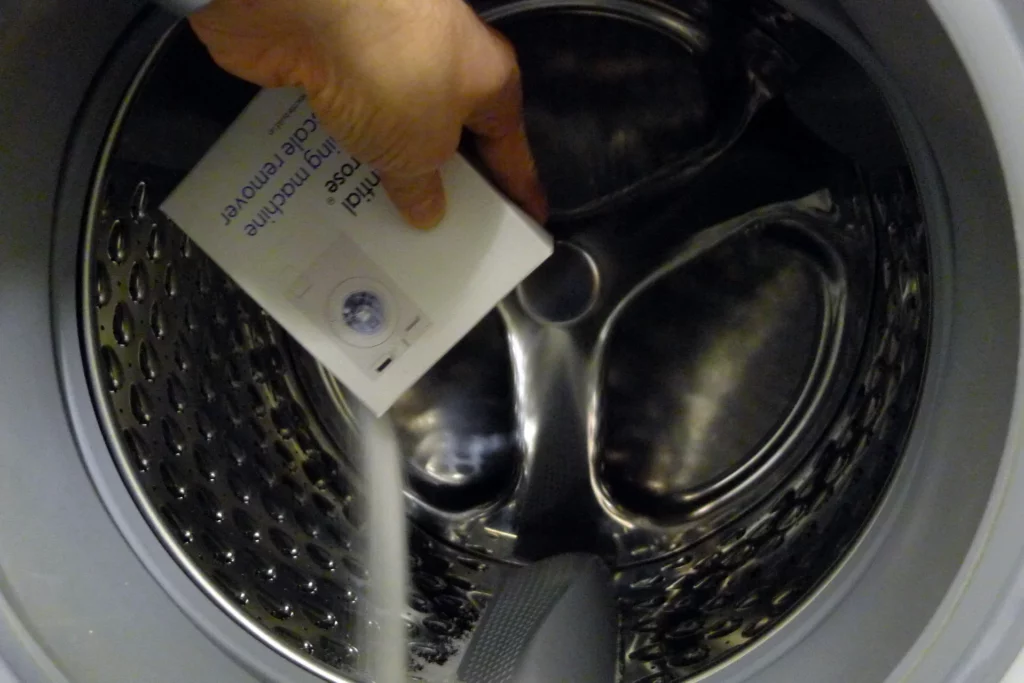
Limescale can wreak havoc on your washing machine, causing it to become less effective and eventually break down. But fear not, there are ways to outsmart limescale and keep your machine running smoothly for years to come. Here are some simple yet effective washing machine maintenance tips to help you tackle limescale before it takes over your machine:
- First, regularly clean the detergent drawer and door seal with a mixture of vinegar and water. Limescale often accumulates in these areas, so keeping them clean will help prevent limescale buildup.
- Additionally, consider using a washing machine cleaner specially designed to tackle limescale, such as the Affresh Washing Machine Cleaner. These cleaners are formulated to dissolve and remove limescale, helping to keep your machine in top condition.
- It’s also important to regularly descale your washing machine using a descaling solution, like the CalmDo Washing Machine Descaler. This will help to break down and remove any limescale that has already built up in your machine, ensuring it continues to function properly.
- Another tip to outsmart limescale is to use a water softener, such as the Calgon 3-in-1 tabs, in each wash. Water softeners help prevent limescale from forming on the heating element and other parts of the machine, prolonging its lifespan.
By incorporating these tips into your washing machine maintenance routine, you can effectively outsmart limescale and keep your machine running smoothly.
The Ultimate Guide to a Mold-Free Washing Machine Door
Mold and mildew are common problems in washing machines, especially in the gaskets. To prevent these issues and give your gaskets some love, it’s important to take care of your washing machine with regular maintenance.
Here are some tips for preventing mold and mildew in your washing machine gaskets:
- Regularly wipe down the door gasket: Use a mixture of water and vinegar to wipe down the door gasket, making sure to reach into the crevices where mold can grow.
- Leave the door open after each wash: Allowing the interior of the washing machine to dry out completely can help prevent mold from developing.
- Use a washing machine cleaner: There are special cleaners designed to remove mold, bacteria, and odors from the washing machine. Follow the manufacturer’s instructions for best results.
If you’ve noticed a musty smell or visible mold on your washing machine door, it’s time to take action. By following these maintenance tips, you can keep your washing machine door mold-free and ensure that your clothes come out clean and fresh every time.
Remember, prevention is key when it comes to washing machine maintenance. By incorporating these simple habits into your laundry routine, you can avoid the hassle of dealing with a moldy washing machine door in the future.
Why Your Detergent Tray Deserves a Spa Day
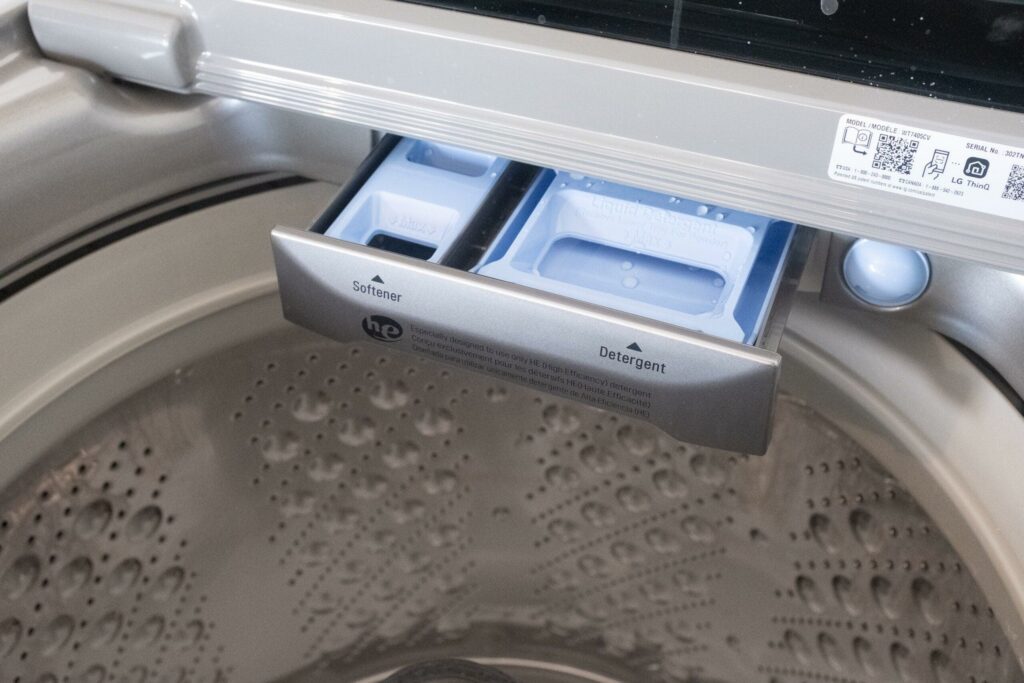
When was the last time you showed your detergent tray some love? Your washing machine works hard to keep your clothes clean, and it’s important to give it the attention it deserves. After all, a happy washing machine means cleaner clothes and fewer maintenance issues in the long run. So, why not treat your detergent tray to a spa day?
Here’s why it’s important and how to do it.
First of all, your detergent tray can get clogged with residue, mold, and mildew over time, which can lead to a funky smell in your washing machine and even affect the cleanliness of your clothes. By giving it a spa day, you can prevent these issues and keep your washing machine in top condition.
To start, remove the detergent tray and give it a good soak in a mixture of warm water and vinegar to loosen any stubborn buildup. Then, use a brush to scrub away any remaining residue. Finally, rinse the tray thoroughly and let it dry before putting it back in the washing machine.
Your washing machine will thank you!
Mastering the Art of Filter Care for a Flawless Wash
One of the most crucial aspects of washing machine maintenance is taking proper care of the filters. By mastering the art of filter care, you can ensure a flawless wash every time. Here are some tips to help you maintain your washing machine filters:
Clean the lint filter: After each wash, make sure to remove any lint or debris from the lint filter to ensure optimal performance.
Inspect the pump filter: Regularly check the pump filter for any blockages or build-up that may affect the machine’s efficiency.
If you’ve noticed that your washing machine is not draining properly or leaving excess water in your laundry, it’s likely that the drain pump filter is clogged. Thankfully, banishing the overflow and clearing your drain pump filter is a simple task that you can easily tackle at home.
Step-by-step instructions for cleaning the drain pump filter:
- First, locate the filter access panel on your washing machine. This is usually at the front or back of the machine, and the location may vary depending on the brand and model. Use your user manual for guidance if needed, or search online for your specific machine’s instructions.
- Once you’ve found the filter, carefully open the access panel and remove any visible debris or blockages.
- Next, unscrew the filter using a coin or a screwdriver, depending on the type of fastener. Be prepared for a small amount of water to escape when you remove the filter, so have a towel or bowl handy to catch any excess liquid.
- Clean the filter thoroughly, removing any lint, hair, or other obstructions.
- Once the filter is clear, securely reattach it and close the access panel.
- Run a test cycle to ensure that the drainage issue has been resolved.
It’s also essential to clean the detergent and fabric softener dispensers to prevent clogs and buildup. By following these maintenance tips, you can prolong the life of your washing machine and enjoy clean, flawless laundry every time.
The Washing Machine Whisperer’s Guide to Balanced Loads
When it comes to washing machine maintenance, one of the most important factors to consider is loading the machine correctly. Imbalanced loads can cause excessive wear and tear on the machine, leading to costly repairs and, in some cases, the need for a replacement.
Here are some tips to keep your washing machine running smoothly by ensuring balanced loads:
1. Check the Level: The first step in ensuring your washing machine stays balanced is to check that it is properly level. Use a carpenter’s level to determine if the machine is sitting evenly on the floor. If it isn’t, adjust the machine’s feet until it is level in all directions. An unlevel washing machine can result in excessive vibration and noise during the spin cycle, which can damage the appliance over time.
2. Know Your Washer’s Capacity – Consult your washing machine’s manual to determine the recommended load capacity for your specific model. Overloading the machine can not only result in imbalanced loads but also lead to poor cleaning results and potential damage to the machine.
3. Separate Heavy and Light Items – When loading the washer, separate heavier items like towels and jeans from lighter items like t-shirts and delicates. Mixing heavy and light items can cause the machine to become unbalanced during the spin cycle.
4. Distribute Clothes Evenly – Make sure to distribute the clothes evenly around the agitator or drum to help maintain balance. Avoid loading all the clothes on one side of the washer, as this can lead to imbalance and potentially damage the machine.
5. Consider a Maintenance Plan - Some companies offer maintenance plans for washing machines, providing regular maintenance and check-ups to ensure the machine is running efficiently. This can be a good option for those who want to stay ahead of potential maintenance issues.
Give Your Washer’s Drum the Gleam It Deserves
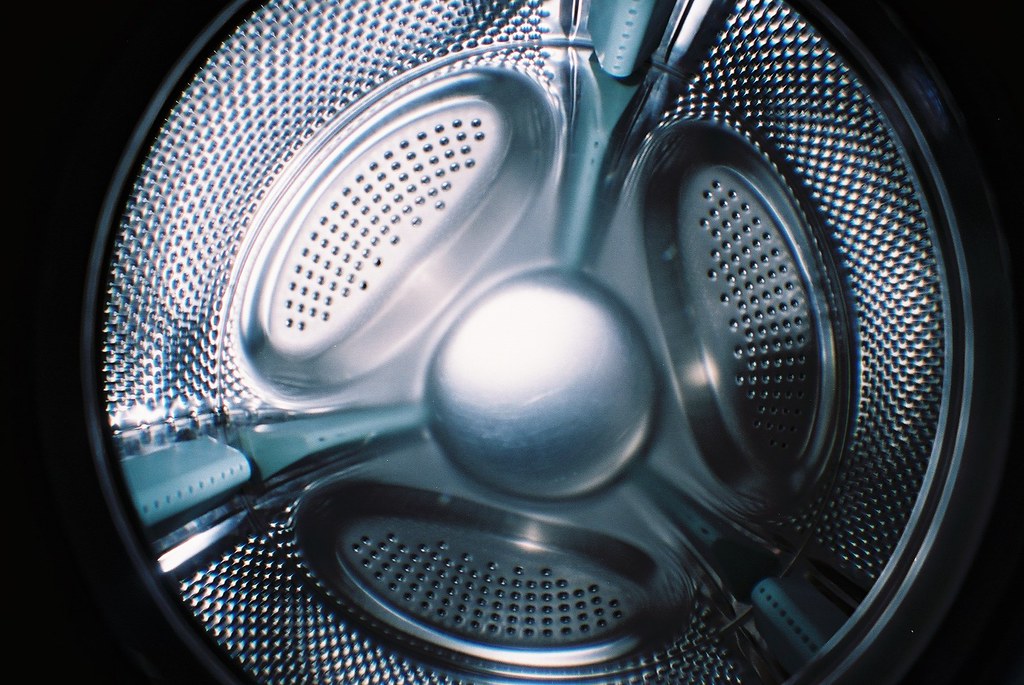
Keeping your washing machine drum clean is essential for maintaining the efficiency and lifespan of your appliance.
To give your washer’s drum the gleam it deserves, follow these simple maintenance tips:
1. Use a washing machine cleaner: Regularly use a washing machine cleaner to remove residue and build-up from the drum. This will not only prevent unpleasant odors but also keep your clothes smelling fresh.
2. Wipe down the drum and door seal: After each load, wipe down the drum and door seal to remove any excess moisture and prevent mold and mildew from forming.
Harnessing the Power of the Empty Wash Revolution
Maintaining your washing machine is crucial to ensure it continues to perform at its best. With the Empty Wash Revolution, there are some game-changing tips to keep in mind. By harnessing the power of this innovative technique, you can extend the life of your washing machine and keep it running efficiently for years to come.
Regular Cleaning
One of the most important aspects of washing machine maintenance is keeping it clean. The Empty Wash Revolution allows you to deep clean your machine without the need for expensive products or professional help. Simply run an empty cycle with hot water and a cup of white vinegar to remove any limescale or soap scum buildup. This will not only improve the machine’s performance but also prevent odors and mold growth.
Check Hoses and Filters
Regularly checking the hoses and filters of your washing machine is crucial to prevent potential leaks and blockages. Make sure to inspect the hoses for any signs of wear or cracks and replace them if necessary. Additionally, clean the filters to remove any lint or debris that may have accumulated, causing the machine to work harder than it needs to. By incorporating these simple steps into your maintenance routine, you can avoid costly repairs and extend the life of your washing machine.
| Recommendation: | Regularly schedule a maintenance service from a reputable company to ensure the longevity of your washing machine. |
Questions & Answers For Washing Machine Maintenance
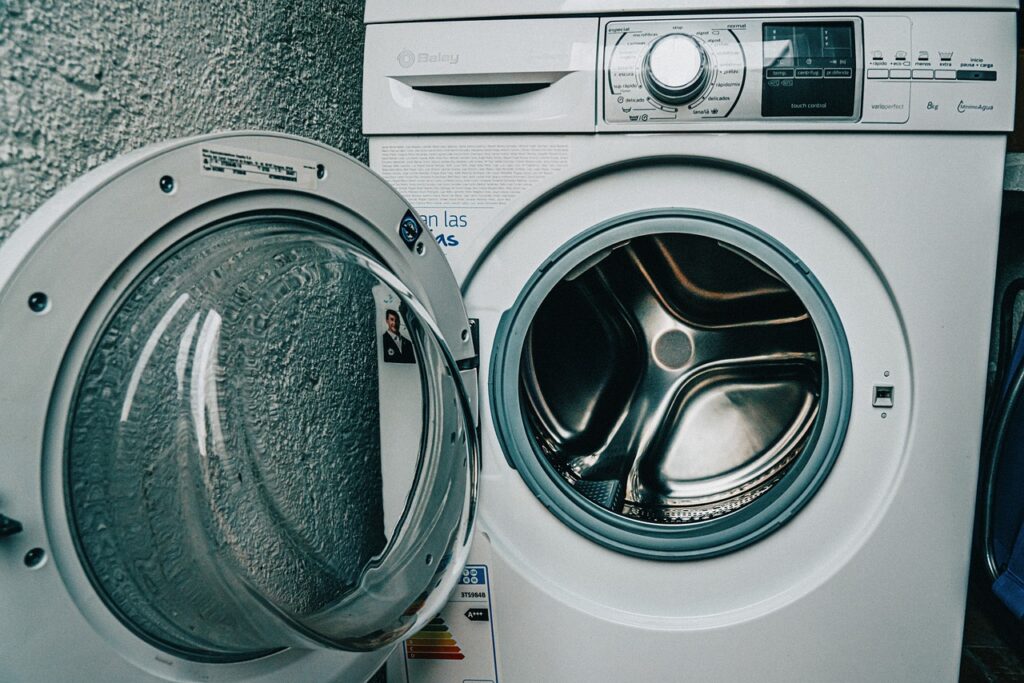
How often should I clean my washing machine?
It is recommended to clean your washing machine at least once a month to keep it in good working condition.
What can I use to clean my washing machine?
You can use a mixture of vinegar and baking soda or a washing machine cleaner specifically designed for removing dirt, grime, and mold from the machine.
How can I prevent mold and mildew from developing in my washing machine?
To prevent mold and mildew, make sure to leave the door of the washing machine open after each use to allow for proper ventilation. Also, regularly clean the detergent drawer and rubber seal to remove any trapped moisture.
How often should I inspect the hoses of my washing machine?
Inspect the hoses of your washing machine every six months to check for leaks, cracks, or bulges. This will help prevent potential water damage and flooding in your home.
Is it necessary to balance the load before starting the washing machine?
Yes, it is essential to properly balance the load before starting the washing machine to avoid excessive vibrations and potential damage to the machine.
What should I do if my washing machine is making unusual noises?
If your washing machine is making unusual noises, it may indicate a problem with the motor or the drum. It is best to contact a professional technician to diagnose and repair the issue.
Key Takeaways
So there you have it, some simple yet effective tips to keep your washing machine running smoothly and efficiently. By following these maintenance tips, you can prolong the life of your machine, save money on costly repairs, and keep your clothes looking fresh and clean. Remember, a little TLC goes a long way when it comes to your washing machine. Happy washing!
